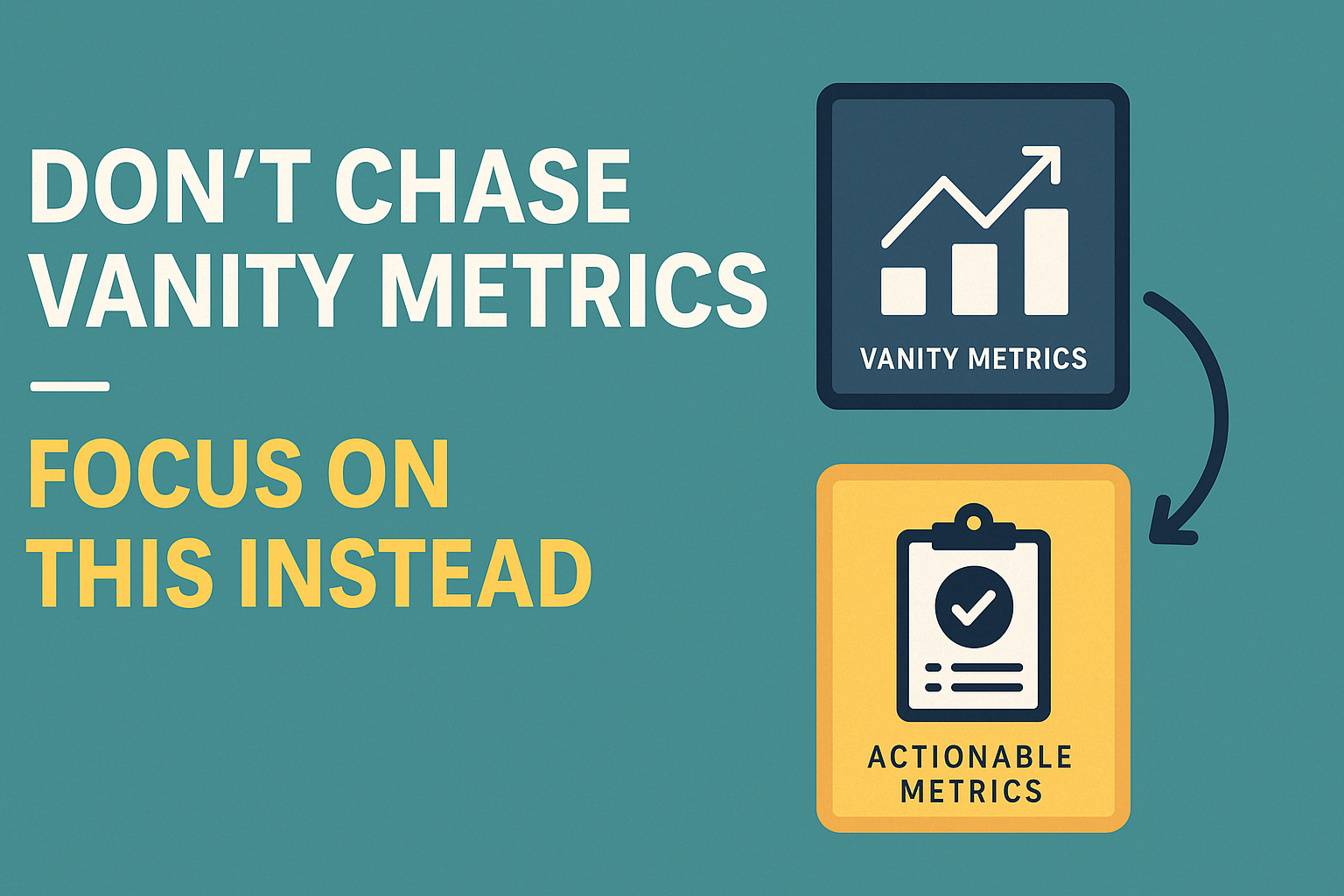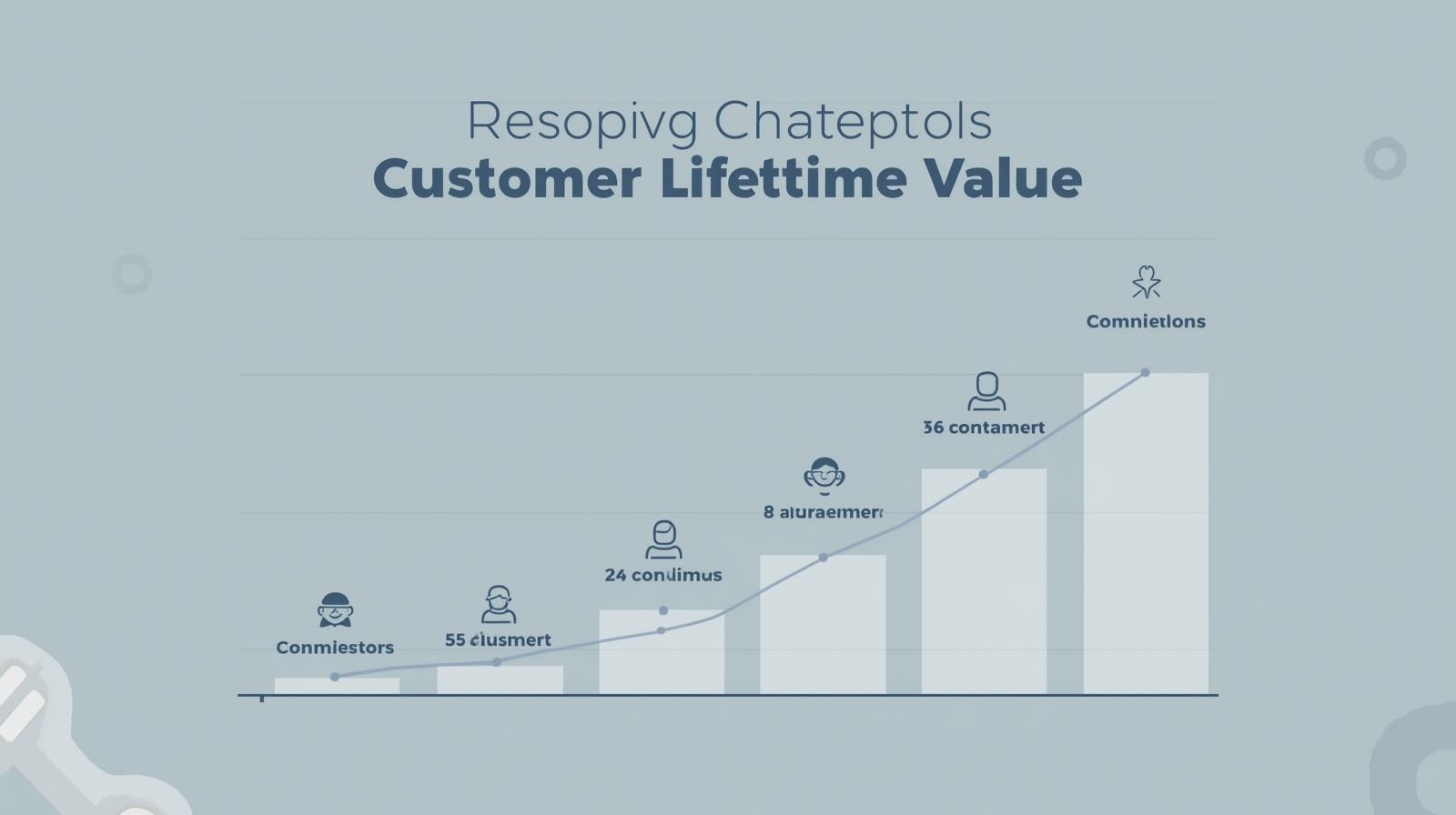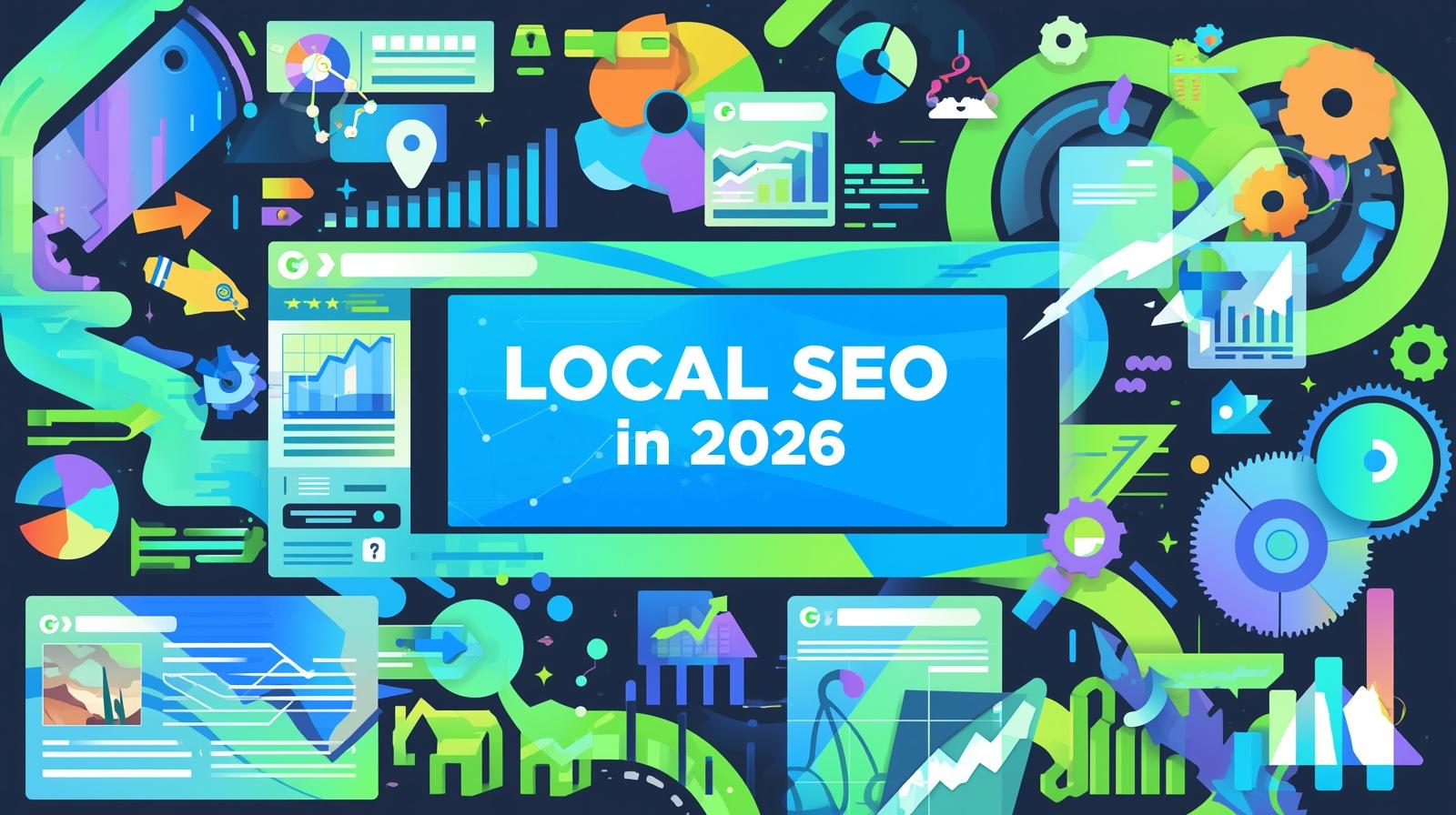Vanity metrics are just numbers; they don’t offer you any real value. If you are in business and you think of converting the views and followers on your account into leads, it will not happen.
Vanity metrics are just as they sound – in Vain. Vanity metrics may be good for you to show a certain reach, but that figure is not converting into actual leads. In terms of digital marketing, a vanity metric is a metric that looks impressive on the surface but doesn’t lead to any genuine conversions. You may be attracting traffic, but without conversions, it adds no business value.
Initially, the rush of new followers and views may feel significant, but ask yourself – how are these numbers benefiting your business? How do they help your business grow? Let’s understand what you need to focus on instead.
Focus on Actionable Metrics to Grow Your Business and Get Conversions
The first step is to focus on engagement and not impressions. You may be getting a lot of views on your posts, but with zero engagement from customers, it doesn’t mean anything to your business. If you’re only getting views and not actual interactions from people on your content, then they are just numbers that do not solve any business problem for you.
The actionable metrics provide you with just the opposite of vanity metrics. You can link actionable metrics to your business objectives. They provide you with crucial insights which lead to better decision-making and strategy formation. Some examples of actionable metrics include customer retention figure, click-through rate and conversion rate.
The actionable metrics are related specifically to your business objective, and hence, they can measure the progress towards achieving your business goals. Actionable metrics provide measurable insights clearly through which you can shape your marketing strategies.
- Conversion Rate
The actual metrics that you should be focusing on include conversion rate, customer acquisition cost, and lifetime value of a customer. The focus of the conversion rate metric is on measuring the percentage of visitors who have taken desired action on your website, such as signing up for a newsletter, purchasing a product, etc. If the conversion rate percentage is higher, it indicates that your campaigns and content are able to effectively persuade the audience to become your customers.
- Customer Acquisition Cost
The next metric is customer acquisition cost. It highlights the cost required to bring in a new customer for your business. You can effectively assess the performance of your marketing efforts by looking at the customer acquisition cost. It helps you understand what you are spending on each customer.
- Lifetime Value of a Customer
The third metric is the lifetime value of a customer. It highlights the total revenue a customer brings to the business throughout their relationship. Businesses can evaluate the long-term value of a customer and even encourage them to stay longer through offers and campaigns.
Examples of Successful Actionable Metrics
Vanity vs Actionable Metric to Track Blog’s Success
Let’s understand how you can replace a vanity metric with an actionable metric for measuring the success of a blog post.
The first example is taken from a blog post. The vanity metric many marketers and firms use is counting blog post page views. It only gives you insights about how many times the page is loaded. But instead, you can track the bounce rate. You can track bounce rate and social shares of your blog to see how many people visited the page on your website and left without clicking further. If your blog is showing a high bounce rate, it’s not good. If the bounce rate is declining, it’s a good sign, suggesting that your blog is either solving a problem for your visitors or it’s appealing, and they are reading it. You can maintain users’ attention by including relevant call-to-actions in the content.
Vanity vs Actionable Metric to Track Success of Email Marketing
Another example of a vanity metric is measuring the email open rate. This is important for you, especially if you do email marketing and send numerous emails in a day to customers. You can check if the emails are creating any conversion for you, but it is not possible by tracking vanity metrics like email open rate.
Instead, you need actionable metrics like click-through rate. It measures the percentage of customers who clicked on the link provided in the email. A high click-through rate indicates that customers liked the content you sent through email marketing. You should include relevant CTAs in your email that customers can follow through with. Choosing the right digital marketing agency can help you convert the numbers into actionable insights for your business.
Vanity vs Actionable Metric to Track New Subscribers and Visitors
The third vanity metric businesses usually follow is counting the number of subscribers or product users. This metric tells you the number of people who have agreed to receive your newsletter or have converted to become a trial user. It does not necessarily mean that these customers are engaging with your products or liking the content.
Hence, instead, you can use actionable metrics like active users and path to conversion. Counting Active users is an actionable metric that highlights the total number of active users who are engaging with the products on your website.
For instance, Google Analytics allows you to assess metrics like new versus returning visitors, through which you can track the percentage of visitors who are new to your website versus who have visited before. The conversion metric evaluates the user journey from their first contact to the actual conversion. It gives you the idea of where you might be losing your potential customers.
To Sum Up
Instead of chasing vanity metrics, you should track actionable insights that deliver value for your business. Your business will grow with actual customers. Hence, you need real users to consume the content, interact with products/services, and click on the links that drive a conversion. You can develop real connections with your audience by sending personalised emails, hosting a live question and answer (Q&A) or starting discussions that lead customers to your website.
Your content should either solve a specific problem customers face or it should drive awareness about your brand/product. If you struggle with converting your visitors into actual leads, reach out to VerveOnlineMarketing, a leading SEO company in Miami, to help you discover patterns leading to the loss of customers.






